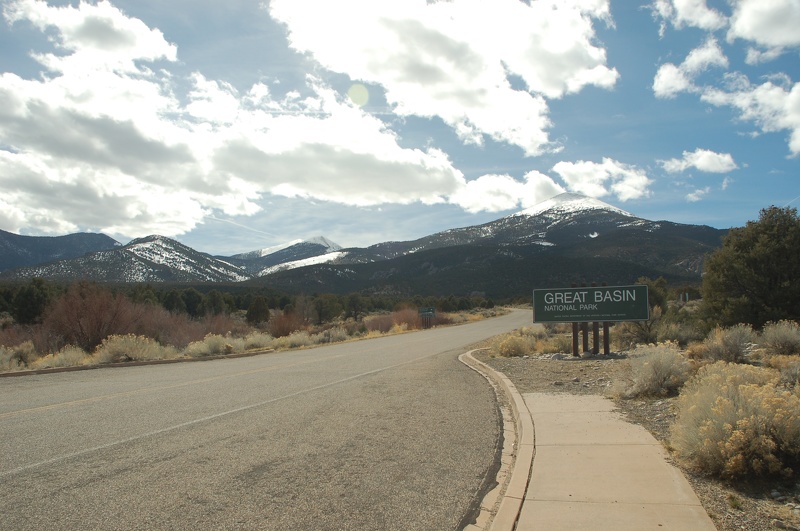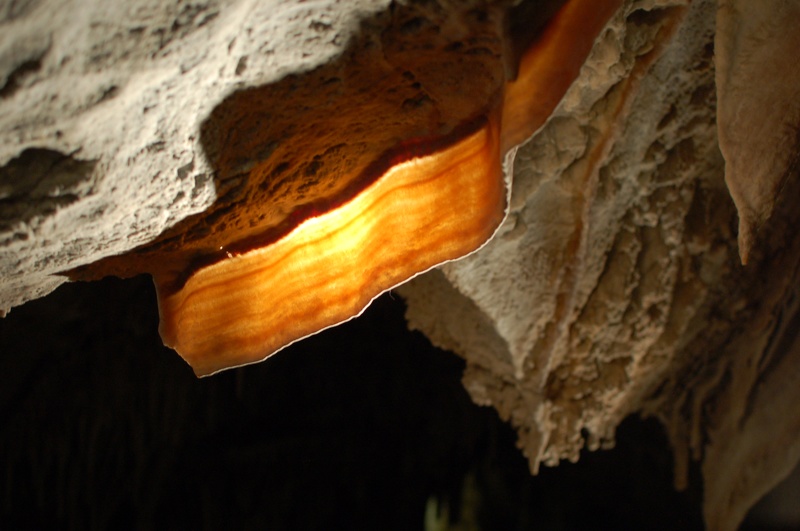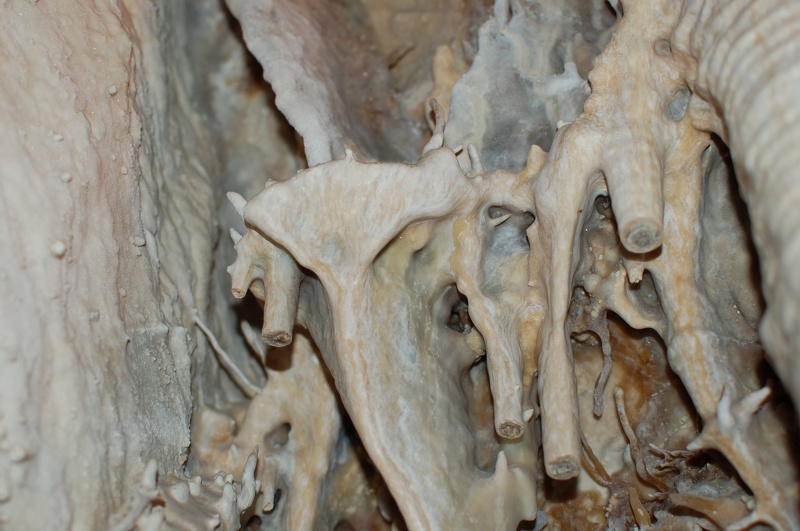Prior to planning this trip, none of us had even heard of Great Basin National Park. It seems as though we were not the only ones, this is one of the least visited US National Parks in the system. Once we saw that we could have the opportunity to take a cave tour, hike on a glacier, and walk among some 2000-year-old Bristlecone Pine trees, we had to put it on our agenda!

We stayed in Beaver, Utah the night before our planned visit to Great Basin. It is a two-hour drive, but that was the closest accommodations we could find! We did scout the area out for camping and boondocking locations for “someday” when we get to come back with our travel trailer.

The two-hour drive took us into Pacific Time, so it practically only took an hour to get there, according to the clock! Using that line of thought, it took us practically 3 hours to get back, though…

There are two ranger-led tours of Lehman Caves given every day. There is no admittance to the caves apart from these designated tours, and tour group size is limited to twenty.
We saw some interesting formations at Lehman Caves that we had not come across in any of our other cave tours. Lehman is renowned for its high concentration of “cave shields.”
I can’t help but be awed by the delicate and intricate beauty of the formations that are most of the time concealed by total darkness. I see evidence of God’s creation all around. Touring a subterranean cave with the stalactites and stalagmites, columns, striations, and evidences of erosion all just seem to reinforce the Biblical accounts of Creation and the Flood.
Our ranger was definitely not promoting a Biblical perspective, but just about everything he told us (apart from the time references) was consistent with what would happen in a flood-soaked world. He pointed out that limestone caves such as Lehman Caves are found all over the world and all are have been formed by the same processes – processes that would have been accelerated in the years that would have followed a global flood, while all of the layers were still wet. Even the limestone itself, he told us, contains calcite that was formed primarily from shells of dead marine organisms.
We signed up for the earlier tour on the day that we visited so that we would have plenty of time later in the day to explore the higher-altitude portions of the park. It turns out that, in March, winter has not yet released its grip on the park and the cave tour is about the only thing that you can do at Great Basin!

Cave Bacon 
Cave Shield
We drove as far up Wheeler Peak as we could, which was not far. We had to turn around at the gate at the Upper Campground. The ranger at the Visitor Center told us that we were welcome to park in the lot by the gate and walk up, but it might be several months yet before the road is open to vehicular traffic!

Mini snowman 


Not a sign we’d ever seen before! 
Geocaches around here have prickly protection (he’s wincing in pain)
We’d love to come back here to hike among the bristlecone pine trees. If we are able to return with our trailer and plenty of time for hiking, this time of the year may work out. The Lower Wheeler Campground was open with only a couple of sites occupied.
Since we did not have enough to do to keep us busy for the whole day in the park, we were able to stop to enjoy some scenery along the way back to Beaver. “Bonus” items for us included a pavilion with information about the ranching operations in the area; what I’m assuming was someone’s art installment (the rusted-out shell of an antique car that had a cow skull mounted on a pole inside of it); and watching trains in Milford, Utah.
As a completely spur-of-the-moment decision, we went a couple of miles up a side road just outside of Baker, Nevada, to the Spring Creek Fish Rearing Station. A Rearing Station differs from a Fish Hatchery in that the fish are not hatched at the site. We arrived right at 4:00 (closing time) and the supervisor hung around for a little while after he wrapped up work for the day to talk with us about what he does here. He even let the kids throw some fish food into the nearest tank. We never got his name. but I think that we made him late for dinner that evening!

Rearing tanks at Spring Creek 
Feeding Frenzy!










